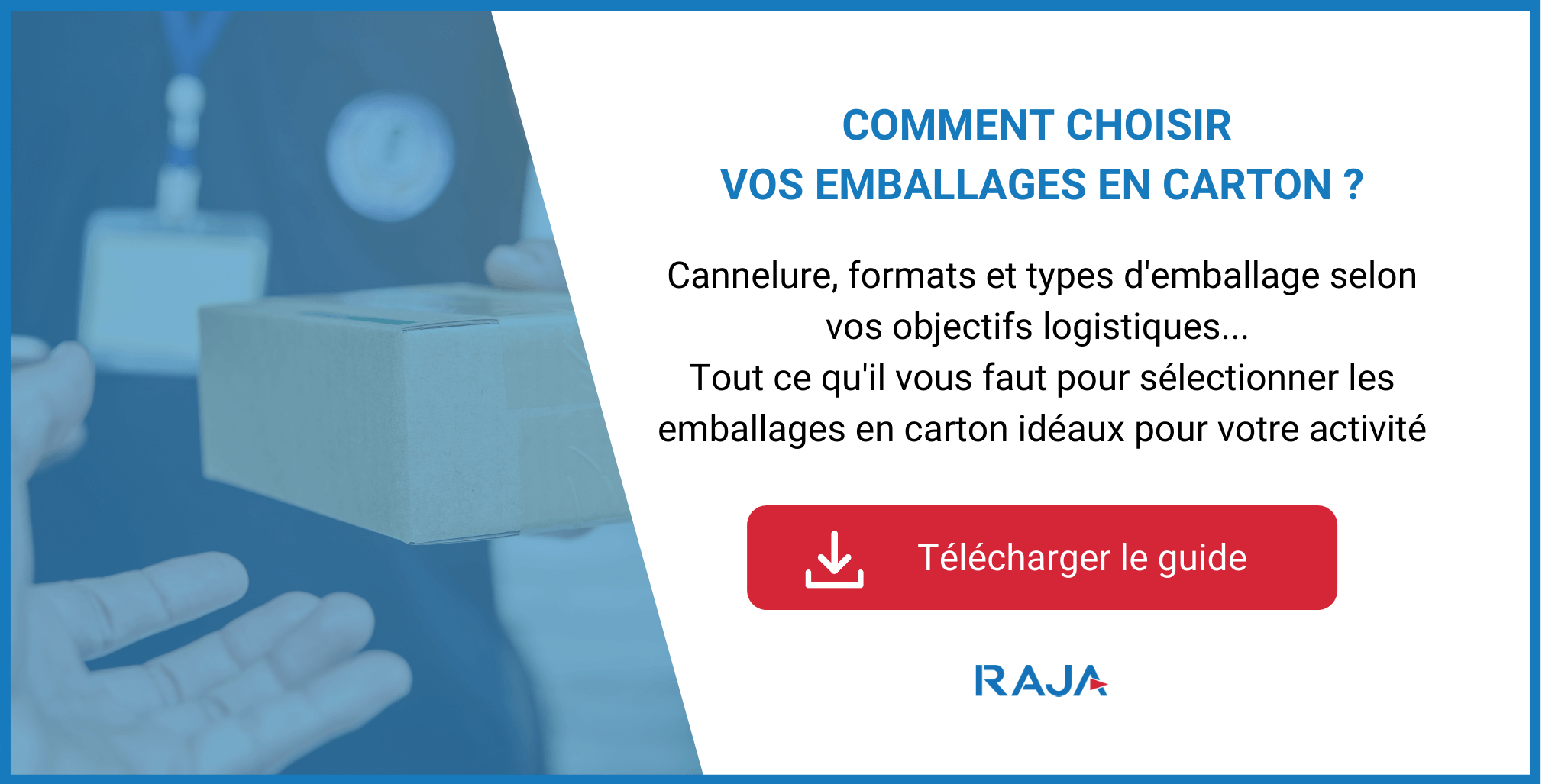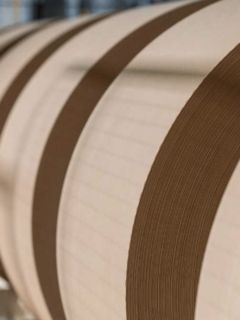The vocabulary of logistics can sometimes be complex – and the world of packaging has no shortage of subtleties that you need to know to keep your operations running smoothly.
Among this vocabulary, three words often stand out: primary packaging, secondary packaging and tertiary packaging.
Do you know how to differentiate between these three types of packaging? And what’s more, do you know how to optimise each of them to protect your products and give your customers a good experience?
Here’s a look at these types of packaging, and the best practices for choosing them wisely.
What are the three types of packaging?
European Union Directive 94/62/EC defines primary, secondary and tertiary packaging. Here’s how to understand these three types of packaging.
Primary packaging
Also known as “sales packaging”, primary packaging corresponds to the smallest unit of consumption. It is the type of packaging that is in direct contact with the goods, allowing them to be sold individually.
Primary packaging comes in a variety of forms: cardboard or paper boxes, jars, vials, cases, bottles, tins, jars, plastic film, sachets, etc.
Its main objectives?
- Toensure that the product remains in optimum condition for sale, thanks in particular to optimum insulation and stability.
- Todisplay product information (including standards, use-by dates and conditions of use).
- Identify the product in a sales area (particularly in a shop), and help customers identify the brand selling it.
Secondary packaging
Also known as “grouped packaging”, secondary packaging combines several primary packages to enable products to be sold on a larger scale. For example, if a can of soda is a primary package, the carton that groups the cans together in a pack is a secondary package.
Its main objectives?
- Toprotect a specific number of products, in particular so that it can withstand storage (where it is often stacked) and transport.
- Tocommunicate additional information about the batch of products sold together, and about the brand.
Tertiary packaging
Also known as “handling packaging” or “transport packaging”, tertiary packaging makes it possible to group together several single products packaged in primary and/or secondary packaging, so that they can be handled easily throughout the supply chain.
Tertiary packaging often takes the form of heavy-duty cardboard boxes, pallets or containers.
Its main objectives?
- Tooptimise the mass storage of products in warehouses, as well as the loading of transport vehicles.
- Towithstand heavy loads and sometimes strong compression (depending on the weight of the products).
- In the case of e-commerce packaging, tertiary packaging can also be used to convey brand messages during product transport, as well as enhancing the customer’s experience on delivery.
The keys to optimising all your types of packaging
Now that you know the differences between these three types of packaging, you need to know how to choose them properly. Good news: that’s what you’re going to find out in the rest of this article!
Define the characteristics of your packaging according to your merchandise
The primary function of all packaging is to protect your products as well as possible. To choose the right packaging, you need to consider a number of criteria.
These criteria are :
- The degree of protection required for your goods. Particularly fragile bottles or objects will need even more protective packaging.
- The size and weight of the product. Think, for example, about standardising your secondary packaging according to the size of your primary packaging.
- The type of storage envisaged. For example, long-term storage will require more resistance from your tertiary packaging. Similarly, storage in variable outdoor conditions will require you to select weather-resistant tertiary packaging.
- Regulations governing the sale of your product. Some goods must be packaged using a specific method. For example, you need to pack hazardous products in crates specially designed for these types of products.
- Thesuitability of the packaging for food contact, if it is primary packaging for foodstuffs.
Standardising your packaging according to transport mode
Depending on the type of transport you choose for your products, the packaging you select will necessarily be different.
For example, in the case of a product sold for export, if you choose wooden tertiary packaging, it will have to comply with ISPM15. Another telling example: if you want to distribute your goods on pallets, standardise your secondary packaging according to the size of the pallets you choose.
Choose your packaging according to how it will be sold
All your types of packaging must also take into account the sales channels through which you distribute them.
For example:
- Forretail sales in physical shops, your packaging must be clearly visible and stable when placed on the shelf.
- Forwholesale sales, your packaging must be as easy as possible for your customer to stock.
- Ine-commerce, your packaging must be able to withstand shipping conditions and provide an optimal customer experience for your recipient. Simple unboxing and a “wow” effect on opening are a must.
Select eco-responsible packaging
Whether for B2B sales or for consumers, ecology is becoming a key criterion for your customers. At a time when environmental awareness is higher than ever, and eco-responsibility regulations are on the increase, you need to choose packaging that has as little effect on the environment as possible.
Among the wide range of environmentally-friendly packaging available to you, you can choose from :
- Recyclable, biodegradable or compostable packaging
- Biosourced packaging or packaging made from recycled materials
- Packaging that reduces empty space in parcels
- Reusable packaging
To find out more about this crucial subject, read our article on the 5Rs of packaging: a simple and effective methodology for limiting the environmental impact of all your packaging.
Personalise your packaging to enhance your brand image
Protecting your products is not the only criterion for devising an important packaging strategy. You also need to think about the experience your customers have when they hold the packaging in their hands.
For your primary and secondary packaging, you need to ensure that your packaging design is meticulous. This is a crucial element in making your brand visible and attractive at points of sale for your products.
In the case of tertiary packaging, the design of your packaging must be meticulous if you are selling it on e-commerce. It is the first point of physical contact between your brand and your customer, and it can make your company memorable!
To do this, think about personalising your packaging itself, or its other components: adhesive tape, cushioning, labels, etc.
To find out more, read our tips for personalised packaging that hits the spot.
Test the performance of your packaging
When you change your packaging, whatever its type, always test its performance on a small portion of your shipments.
Refer to the objectives of your packaging (product protection, impact on brand image, etc.), and launch surveys to find out how your customers have received their products. The aim is to find out not only whether your goods were received in good condition, but also the customer experience they conveyed. Once these tests have been carried out, if all goes well, you can then extend your new packaging strategy to all your dispatches and deliveries.
It’s now up to you to consider your choice of primary, secondary and tertiary packaging, not only to protect your products throughout the supply chain, but also to ensure maximum customer satisfaction!
















